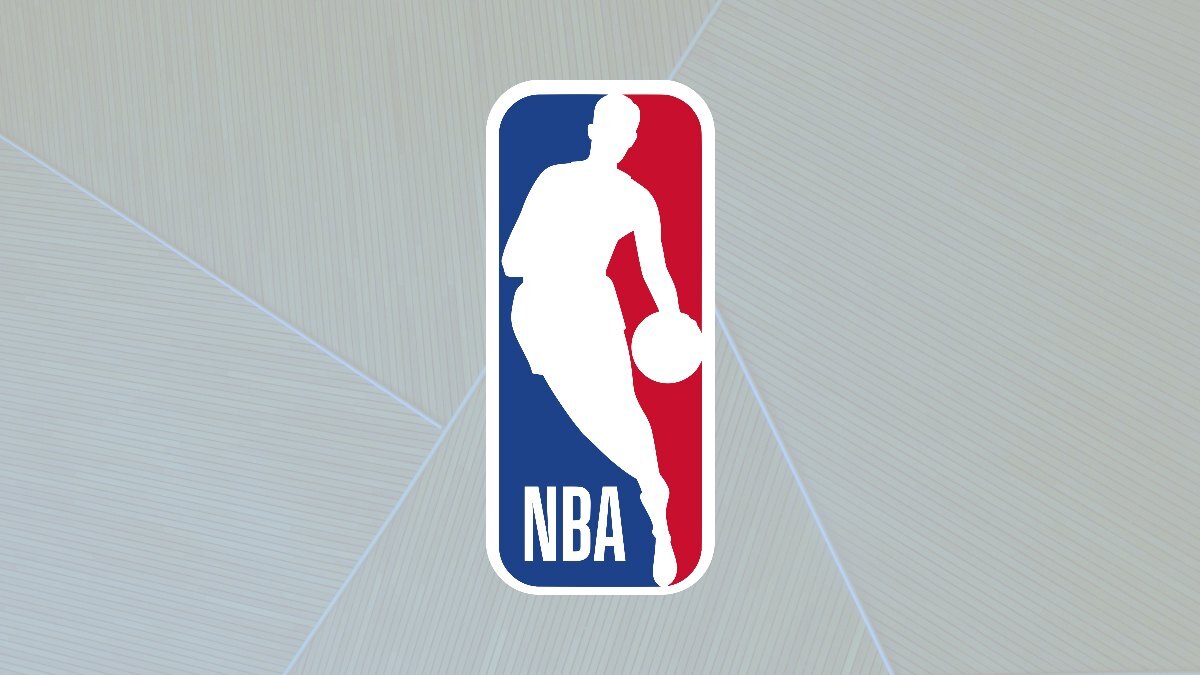You don’t look at a $48.1 million Steph Curry contract for 2022/23 and think that the NBA is losing money. In fact, most major sports are very lucrative, and not necessarily just in the major markets either as even teams like the Memphis Grizzlies are valued at around $2 billion or higher.
So we know the NBA does make money, but a more in-depth question is how – or more precisely – where? The NBA picks and chooses its deals and partnerships very carefully, and here is a breakdown of where the cash flow is coming from.

TV Revenue
The NBA and TV have a somewhat tumultuous relationship because ratings are down yet revenue is up. For example, the 2020 NBA Finals between the Lakers and Heat saw the lowest ratings of all-time (4.0) and still haven’t reached 2019’s Raptors vs Warriors (8.8) even though the popular Celtics took on Golden State last year (6.6).
Despite those dips in viewership, the NBA is still aiming to triple its current 9-year, $24 billion deal signed with ABC/ESPN/Disney in 2014. The league also gets another $2.6 billion from their TNT deal. China pays a reported $1.5 billion to air NBA games as well.
The NBA can demand close to $100 billion because there are more competitors fighting for their rights. You don’t just have NBC, TNT, or ESPN/ABC anymore as now companies like YouTube TV, Amazon, and Apple are adding sports packages – and they’ve got a boatload of money to offer. Sports are valuable for these commodities because it’s perhaps the last thing that people really want to watch live.
The reason companies still want the TV rights even if there aren’t as many eyeballs on the games is that the ad revenue is still there. Ad revenue jumped 19% from the previous year for the 2022 playoffs, with a haul of around $840 million.
It’s obvious the NBA isn’t taking a lot of concern with their rating plunge, because perhaps ratings are also an archaic way of determining viewership anyways. The league is broadcast on every populated continent and nearly ¼ of NBA players come from outside the United States in almost 40 other countries. There are eyes on these games around the globe.
Another reason the NBA is not concerned about TV ratings is that people have different viewing habits than they used to. Late night television is hanging by a thread when it used to be appointment TV and people don’t gather around to watch their favorite shows as they air, now they watch them on demand. The formula is still being perfected to work streaming numbers into ratings.
Corporate Sponsorships
The NBA is often hailed as the most technologically advanced of the North American sports leagues and some of their corporate sponsorships are somewhat correlative of how they don’t necessarily value TV ratings as an indicator of how popular the league is.
For example, the NBA has partnered with an app named Buzzer that provides personalized short-form video highlights in the vein of TikTok or Snapchat. Fans can watch games courtside via Oculus VR, use NBA skins in Fortnight, trade digital video clips through NBA Top Shot, bet on simulated games through VirtualNBA, talk with GameOn’s AI Chatbot through Facebook Messenger, and the list goes on and on.
The NBA may be more popular than ever, even if the TV ratings don’t show it.
Merchandising and Ticket Sales
Average Lakers tickets were $518 going into this season but that was still less than it cost to attend a Warriors game ($611) so multiplied by about 18,000 seats the NBA pulls in some bank just from admission at home games – and that doesn’t even count the price increase for the playoffs. Golden State reportedly grossed $130 million in their 11 home playoff games in 2018.
The $518 average ticket price is just to get into Crypto.com Arena and doesn’t count the inflated margins on beer and food or merchandise.
